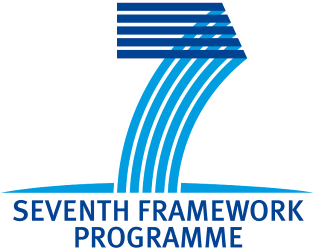Schlacht IL, Rittweger J, Mukadam MM, Feuillard R, Daumer M, Masali M, Kuehnegger W, Foing B - Proceedings of the 68th International Astronautical Congress (IAC), Adelaide, AUS, September 25-29, 2017
International Astronautical Congress (IAC), Adelaide, AUS, September 25-29, 2017
During the Apollo missions, it was discovered that on the Moon, people have a completely different way of moving and walking. Currently the DLR (German Aerospace Center) is running a study coordinated by Prof. Jörn Rittweger (head of the 'Space Physiology' division at the DLR institute) to investigate human-machine system interaction in hypogravity in order to design interfaces that will support the user in these extreme conditions.
This paper is a summary review of the thesis "Moon Gait: Investigating a methodology for analysis of hypogravity gait posture for architecture design in space" (Mukadam, 2017). In particular, videos of a first group of six participants were analyzed, who were moving at two different speeds (11.5 & 4 km/h) and three kinds of simulated gravity (1g, 0.6g and 0.3g) on a vertical treadmill where the subject is able to walk vertically. In this position, gravity no longer has any influence on the subject's vertical axis and hypogravity can be reproduced using a special type of software that calculates the tightness of the string where the subject is belted. The methodology included video analysis using the Tracker software for measuring the change of vertical oscillation (variation in the height given by the oscillation of the top of the head while walking) and OAE (Frankfurt Plane, a line from the tragus of the ear through the zygomatic bone in the middle of the ocular bulb) (Mukadam, et al., 2017). The results of the pilot study were used to formulate a hypothesis that is also applicable to Moon hypogravity.
This pilot experiment with weight reduction using the vertical treadmill confirmed that the walking altitude between the two different speeds is normally different on Earth, and brought about the hypothesis that there is a homogenization of the vertical oscillation on the gait at slow and fast speeds that is not present in the normal ehavioral pattern on Earth. This work motivates the need for collaboration between different fields such as hysiological research and human-machine interaction in order to realize successful space exploration.
back

















